You might hear of satin fabric because of its popularity of lustrous effect. Its richness, and elegance in applications, for instance, bed sheets, and upholstery make the fabric a staple one. Long ago, it was a fabric that was only owned by wealthy families for royal robes. Scroll down to discover more fascinating facts about satin!
Table Of Contents
What is Satin Fabric?
Satin refers to the textile weave that creates a smooth, glossy, and lustrous face side of the fabric, especially on silk and polyester.
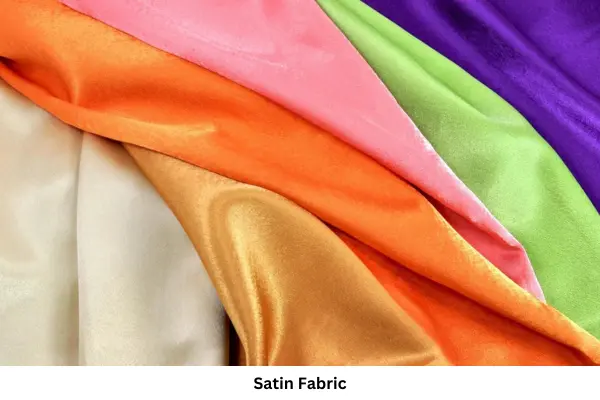
One of the features that make satin fabric insightful is the soft, lustrous surface on one hand and the dull surface on the other hand. It is most popular for its weaving technique because it holds many variations.
What is Satin Fabric made of?
The original satin was found in a woven form made of silk threads pulled from silkworms' cocoons. Its luxurious effect makes it an important item to Italy by Romans in the 12th-13th centuries. Nowadays, modern satin is made from polyester and rayon, and manufactured to form long filaments.
Satin Fabric Manufacturing Process
To convert raw silk into usable strands, contaminants are removed by boiling cocooned silk in a solution, which softens the fibers. The silk strands are then spun together and woven to create satin cloth.
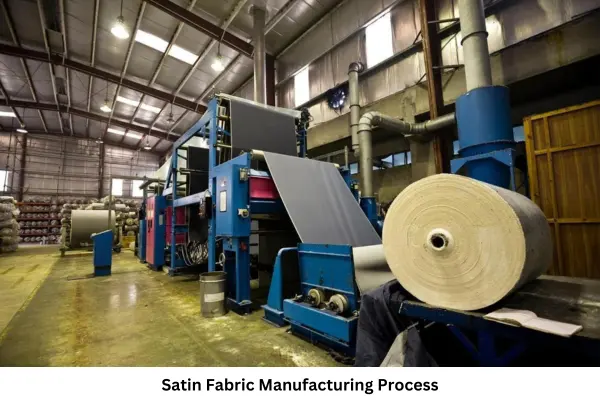
Weavers employ a float technique to minimize interlacement and get that shiny satin finish. Looms are used in this technique to determine fabric quality. After weaving, dyeing, and finishing improve the fabric's beauty, and quality control ensures that only the best satin is offered.
Types of Satin Fabric
Satin fabric can be found in several types based on what fibers apply to the weave and which type of satin weave is used. A few types are given below:
Antique Satin: There is the use of unevenly spun yarns in the form of weft threads.
Baronet Satin: The use of rayon warp threads and cotton weft threads in Baronet.
Charmeuse: It is lightweight with an easy drape, and shiny front with a dull back.
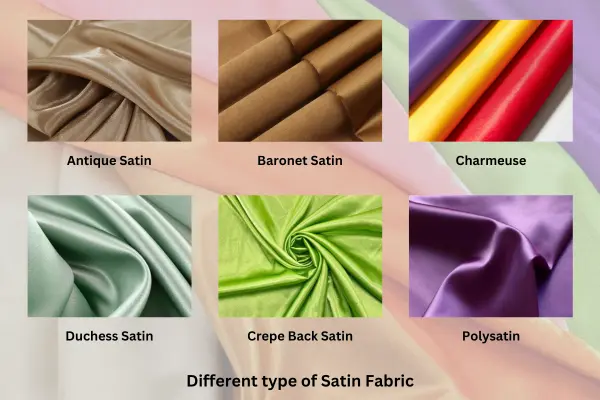
Duchess Satin: A heavy fabric that is stiffer and less lustrous.
Crepe Back Satin: It is reversible with a lustrous effect on one side and a crepe texture on the reverse side.
Polysatin: A type of satin that is woven from threads of polyester.
Slipper Satin: A tightly woven satin fabric that is of medium-weight.
Properties of Satin Fabric
|
Fabric Name |
Satin Fabric |
|
Fabric Construction |
Polyester, Rayon |
|
Fabric Breathability |
Not Breathable |
|
Fabric Durability |
Durable |
|
Prone to Snagging |
Yes |
|
Fabric Drape Ability |
Easy to Drape |
|
Heat Retention Abilities |
Satin traps heat |
|
Fabric Shine |
Shiny |
Characteristics of Satin Fabric
Satin fabric offers flexibility, a lustrous finish, and a beautiful drape. Here are some other features of Satin fabric:
Shiny Front
Satin weaves can create a shiny and soft side on one side of the fabric and a dull back on the other. Because of the shiny and soft site, Satin feels soft and very luxurious.
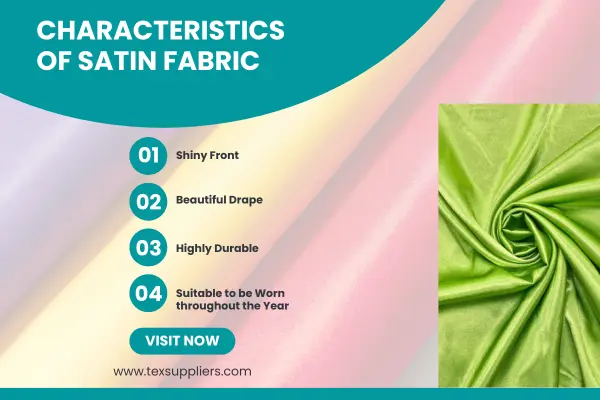
Beautiful Drape
Fiber concentration and fabric pliability make satin weaves soft and easily drapable.
Highly Durable
Satin uses long filament fibers resulting from the strong side.
Suitable to be Worn throughout the Year
Satin is very comfortable and highly durable to wear throughout the year.
Applications of Satin Fabric:
The satin fabric has various applications, from clothing to interior decoration. The most popular applications are
-
Dresses: Evening gowns, wedding dresses.
-
Upholstery: Decorative furniture, pillow coverings, cushioned furniture
-
Bedsheets: Bed linens
-
Footwear: Ballet slippers, designer heels.
-
Fashion Accessories: Evening bags and clutches.
FAQ
-
What are the disadvantages of Satin fabric?
The satin fabric has some disadvantages too. For instance: it is difficult to sew because of the slippery texture, it snags and has poor dyeability.
-
What is the difference between Satin and Silk?
Both Satin and Silk have shiny, glossy appearance with luxurious feel but the main difference is in their fabric materials. Satin is silk, polyester, and nylon made. Silk is made from silkworm cocoons only.
Conclusion
To sum up, it can be said that, satin fabric can withstand any wear and tear due to its satin weave technique. The technique involves lengthy yarns on the surface of the fabric to ensure a smooth and shiny surface, a better drape ability, and versatility. Although Satin is prone to snagging and difficult to deal with, its contribution in a variety of applications makes it worthwhile.





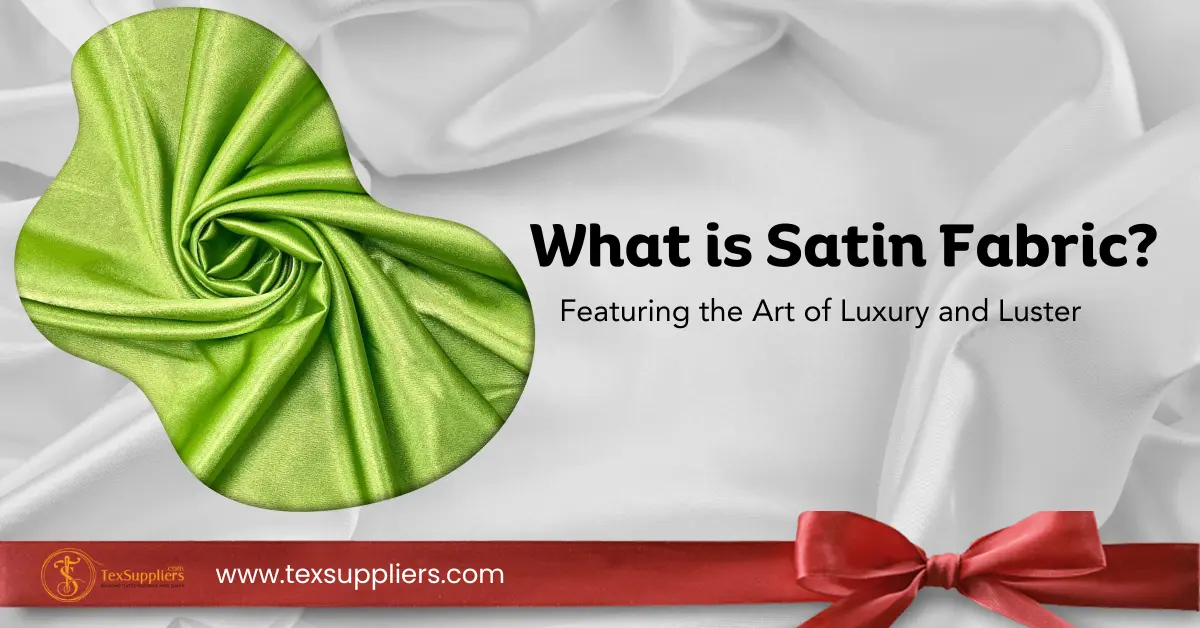
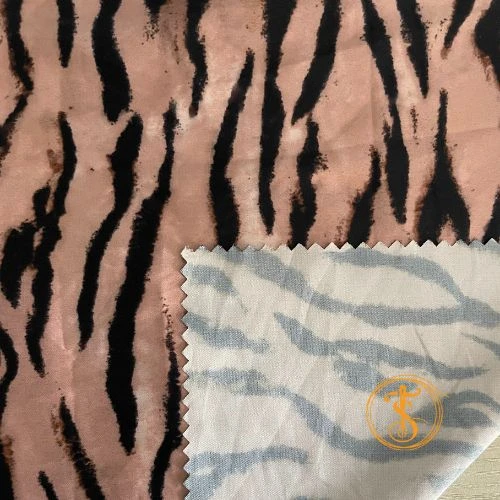
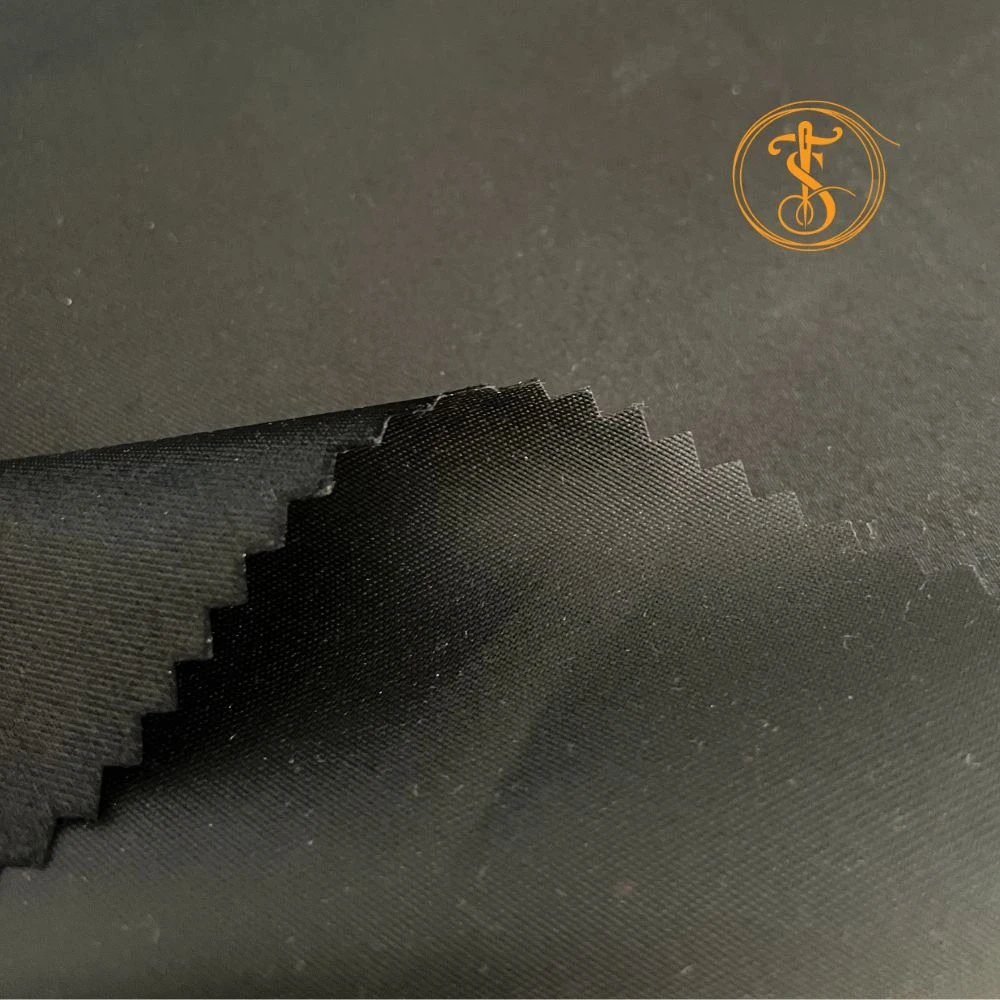
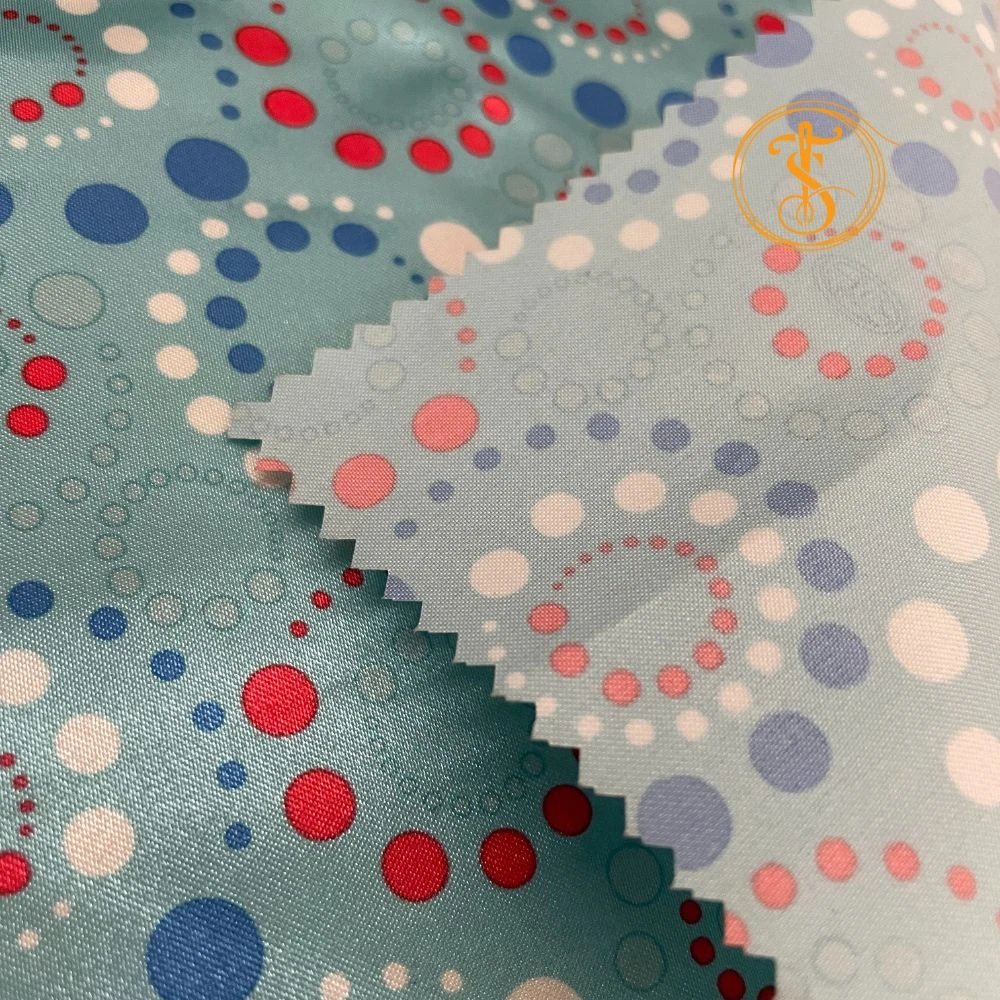
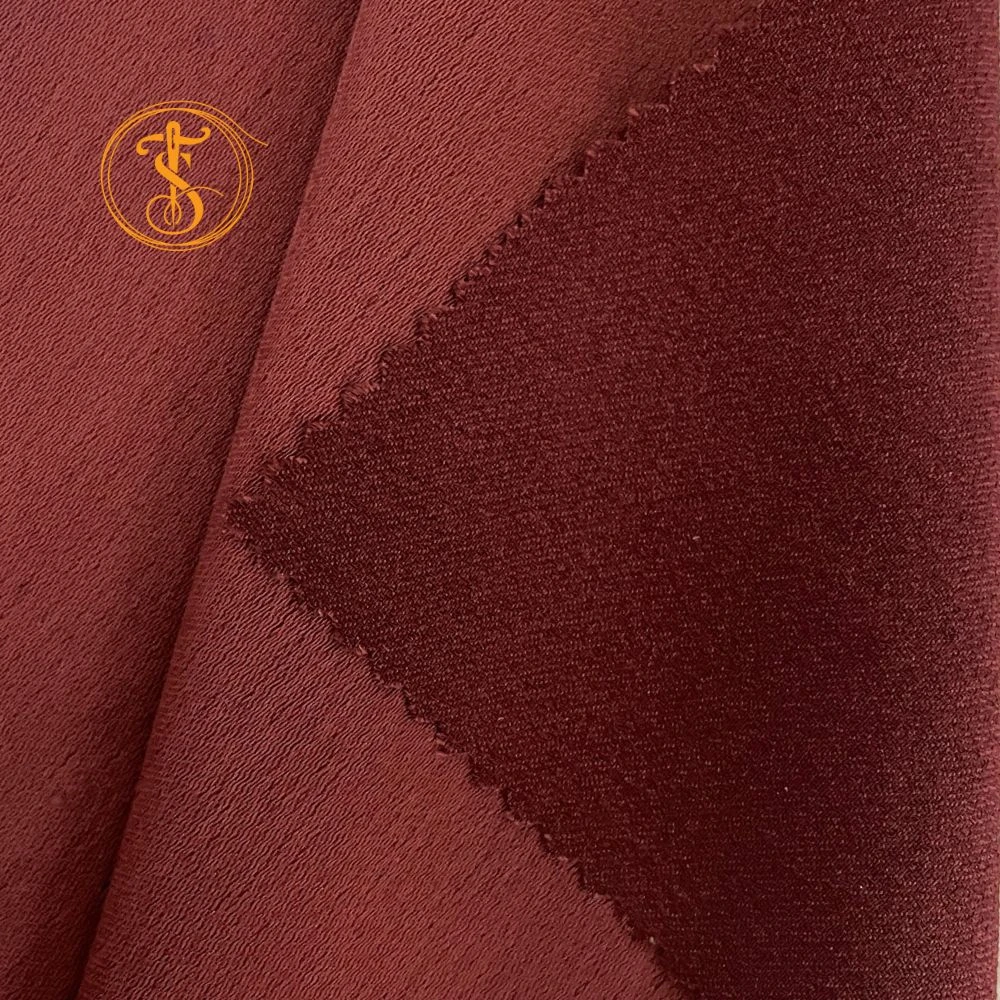
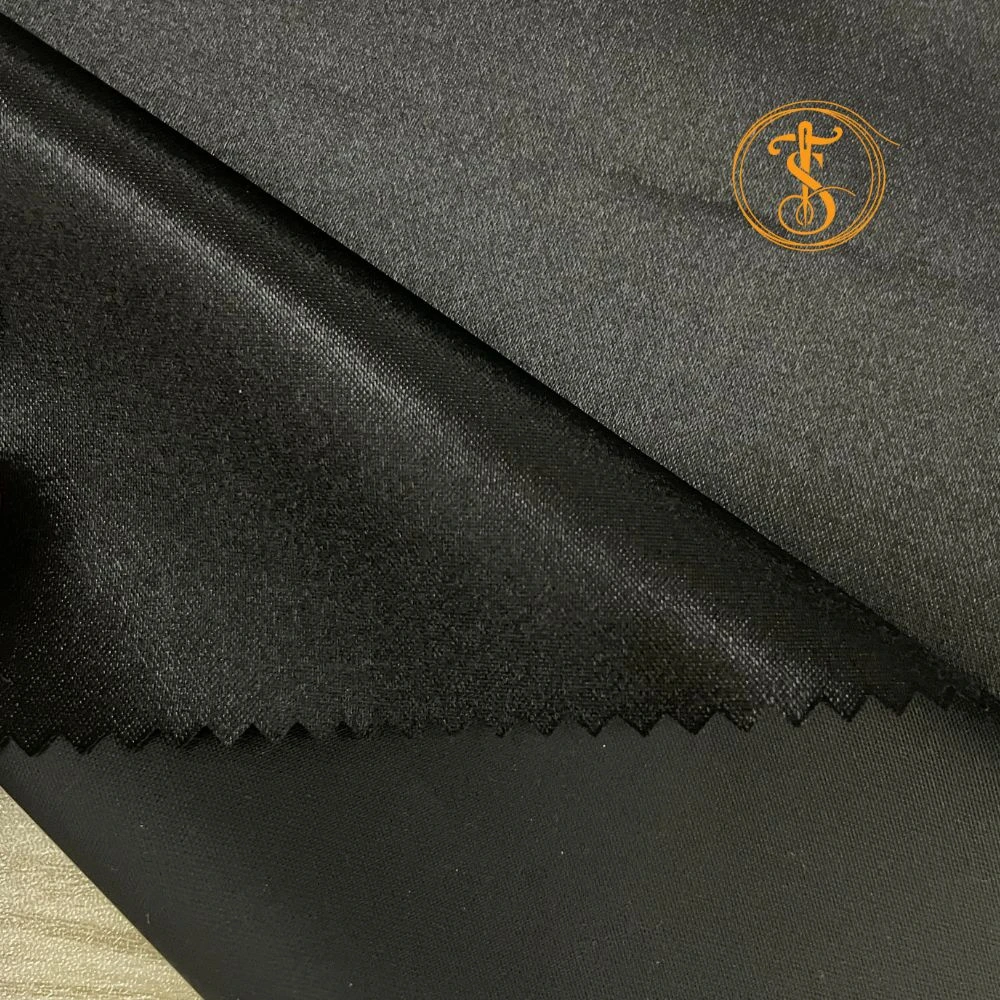

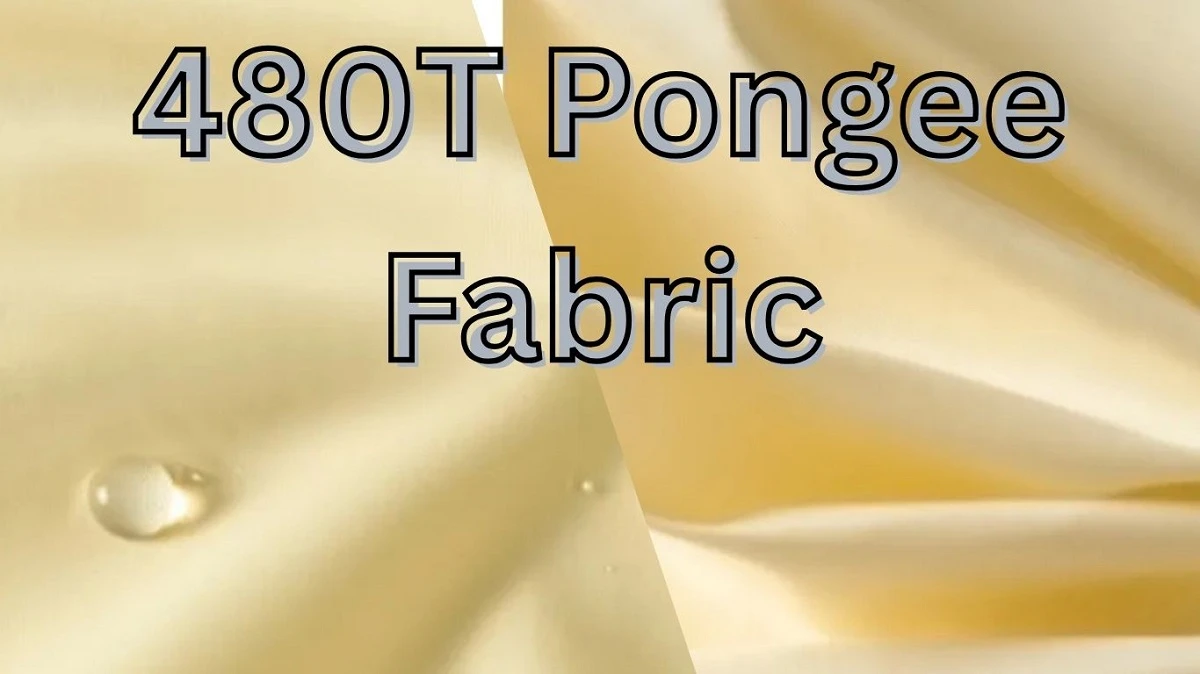
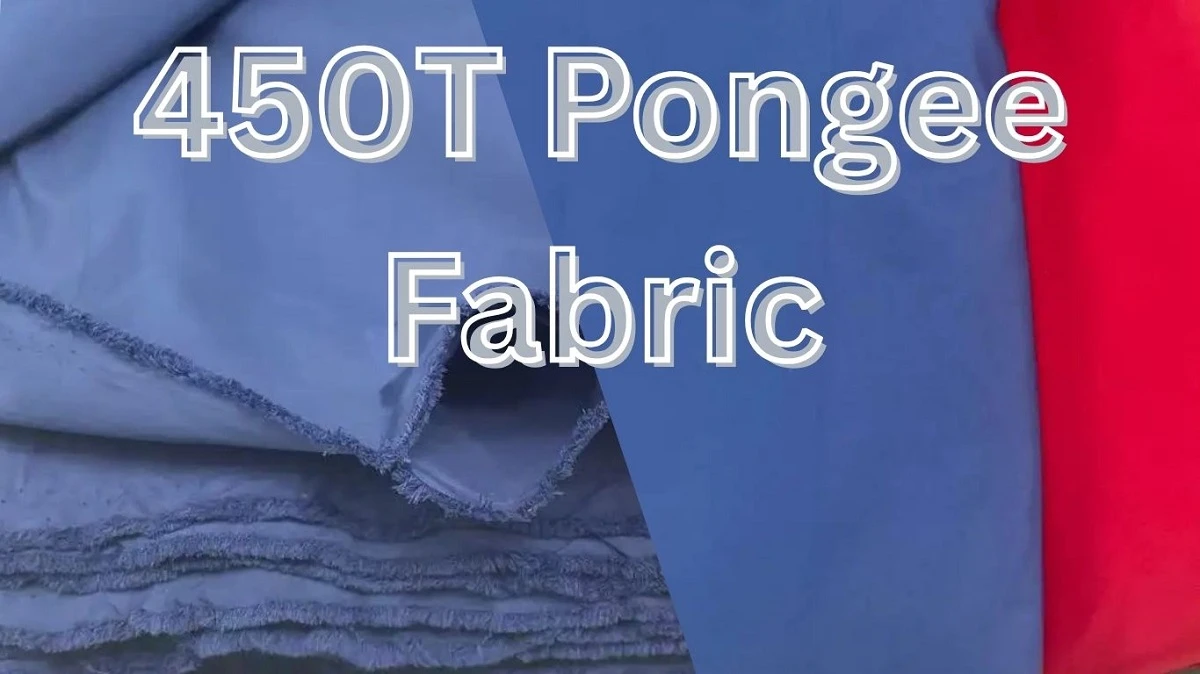
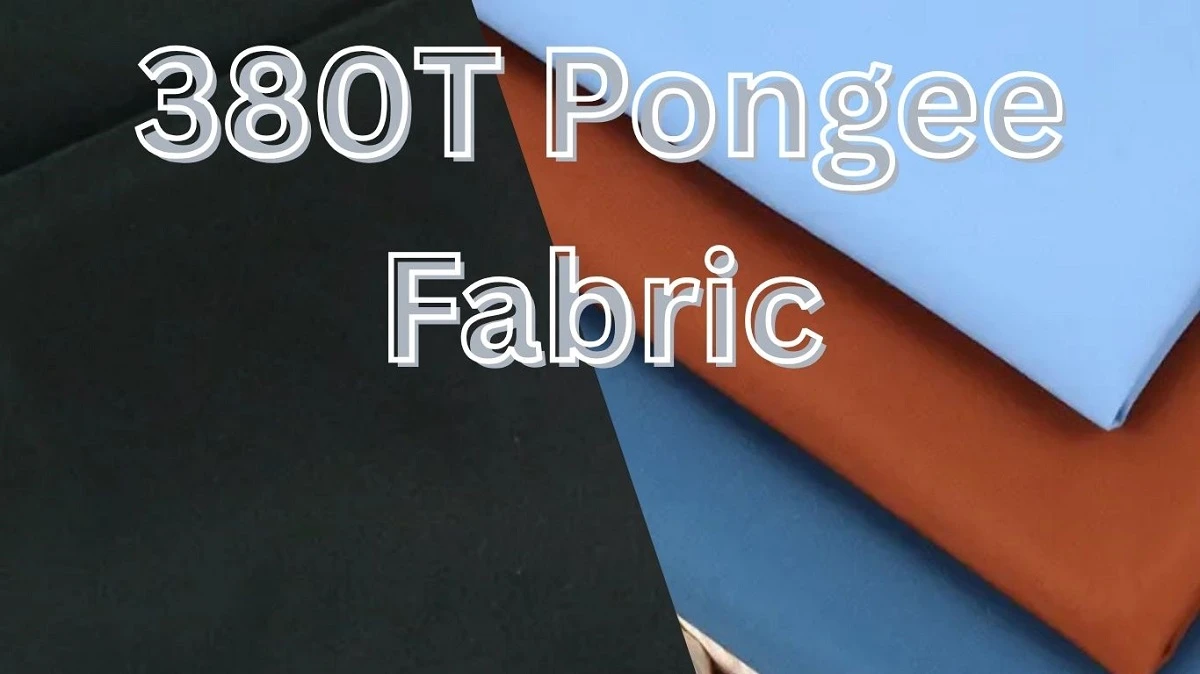
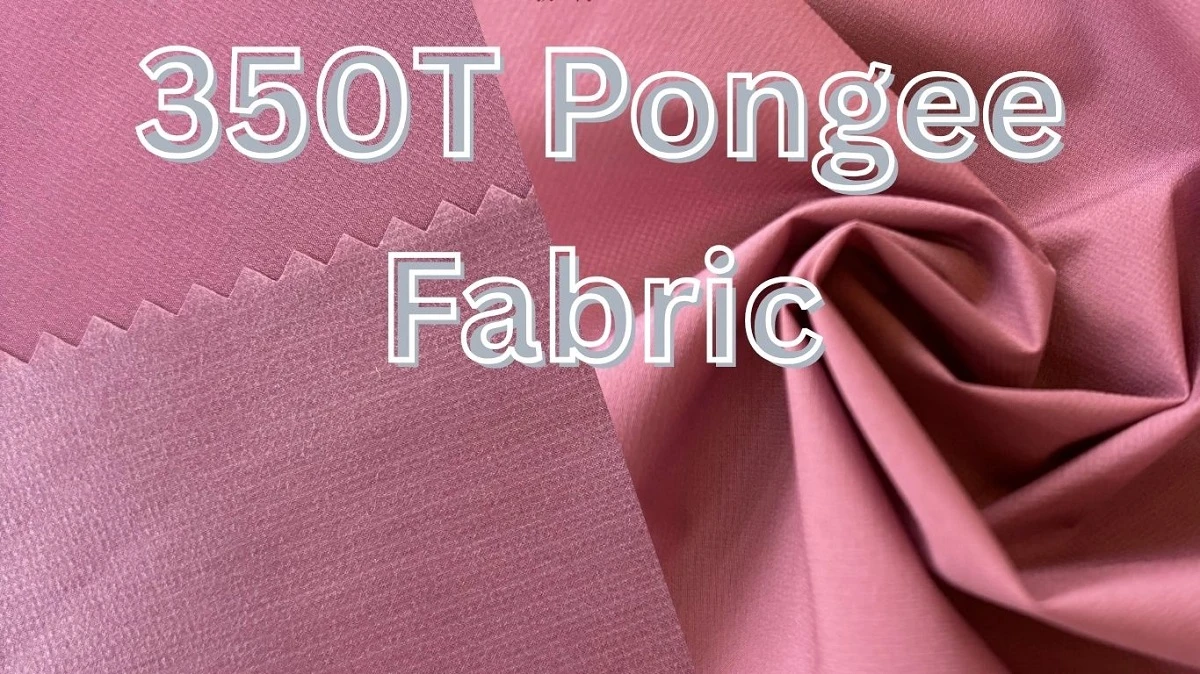
Comments - 00
Leave A Reply
Thanks for choosing to leave a comment.